25+ SAMPLE New Construction Agreement
-
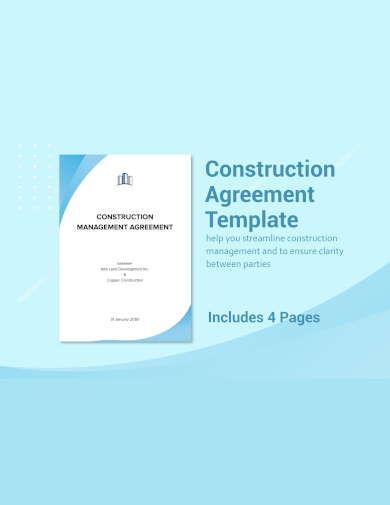
Construction Agreement Template
download now -
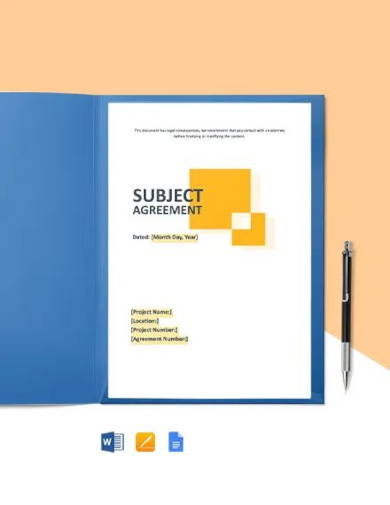
Simple Construction Agreement Template
download now -
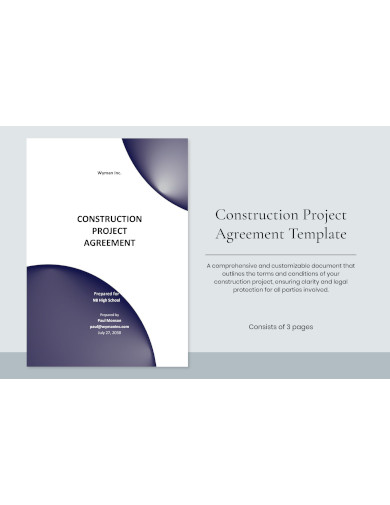
Construction Project Agreement
download now -
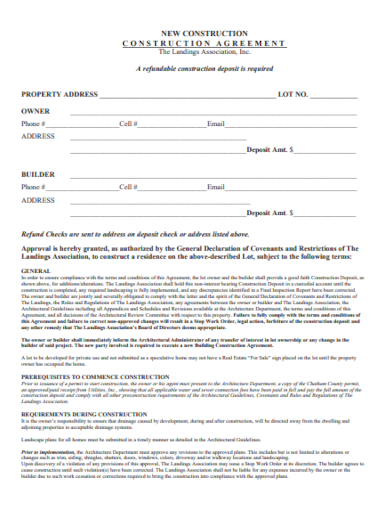
New Construction Agreement
download now -
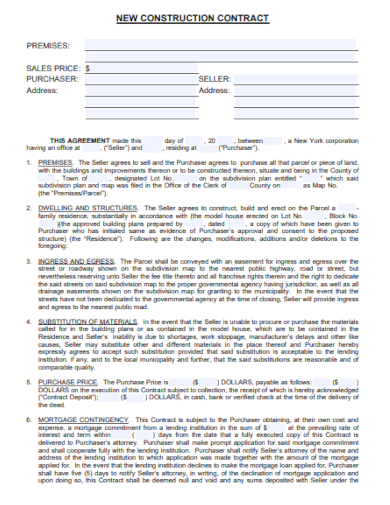
New Construction Contract Agreement
download now -

New Construction Purchase Agreement
download now -
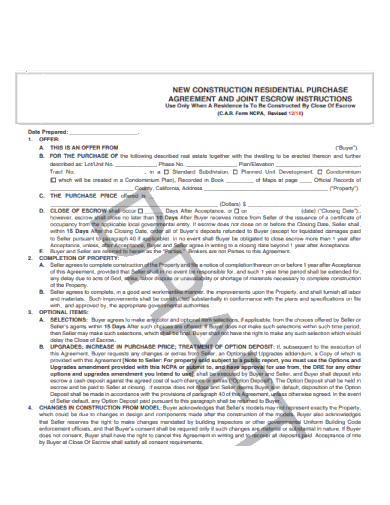
New Construction Residential Agreement
download now -

New Home Construction Agreement
download now -
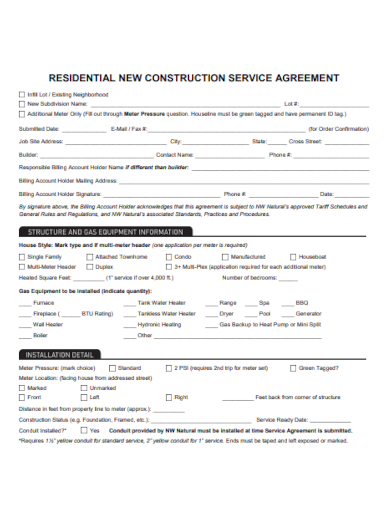
Residential New Construction Agreement
download now -
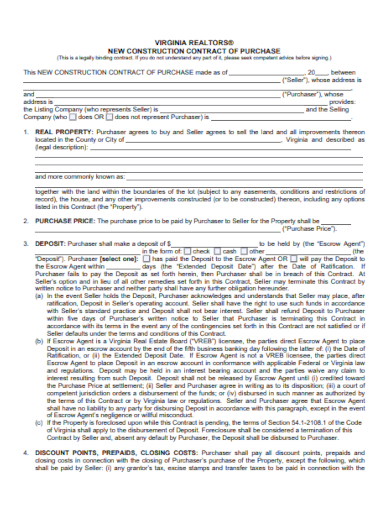
New Construction Contract of Purchase
download now -
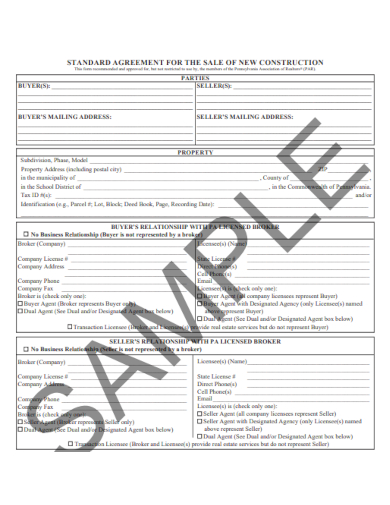
New Construction Sale Agreement
download now -
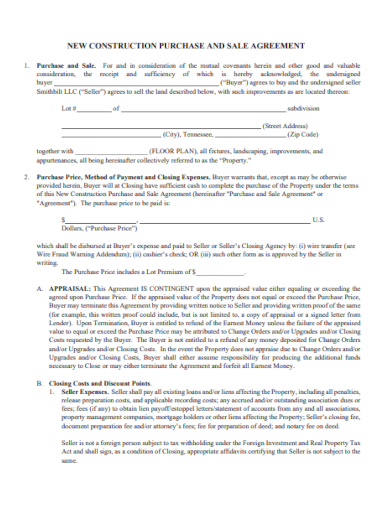
New Construction Purchase and Sale Agreement
download now -

New Construction Addendum Agreement
download now -
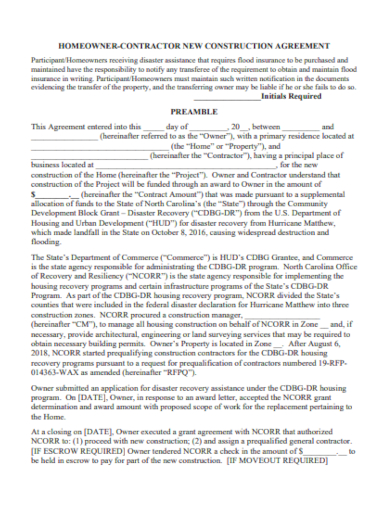
Contractor New Construction Agreement
download now -
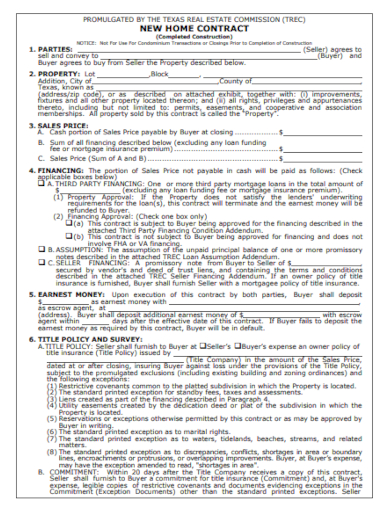
New Home Construction Contract
download now -
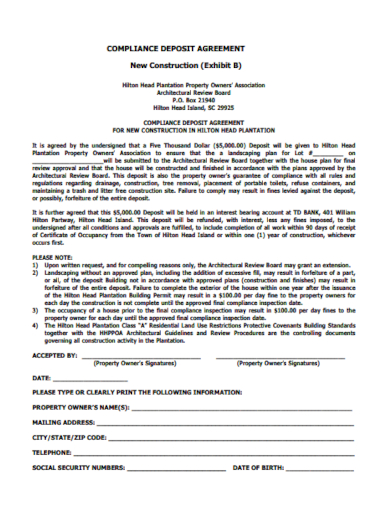
New Construction Deposit Agreement
download now -

New Commercial Construction Agreement
download now -
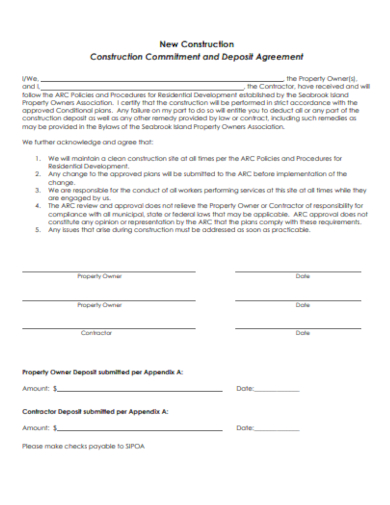
New Construction Agreement in PDF
download now -
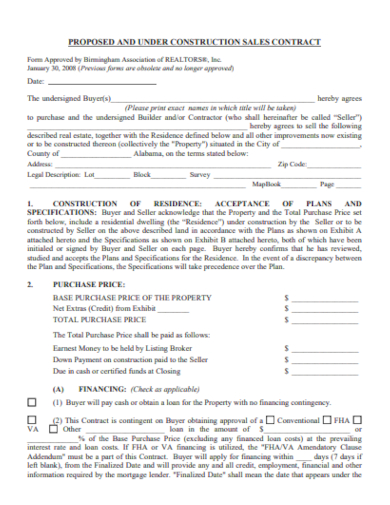
New Under Construction Sales Contract
download now -
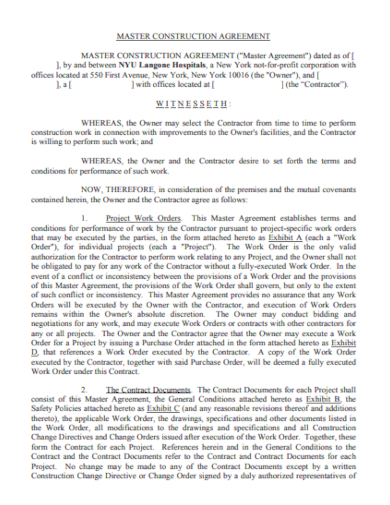
Master New Construction Agreement
download now -
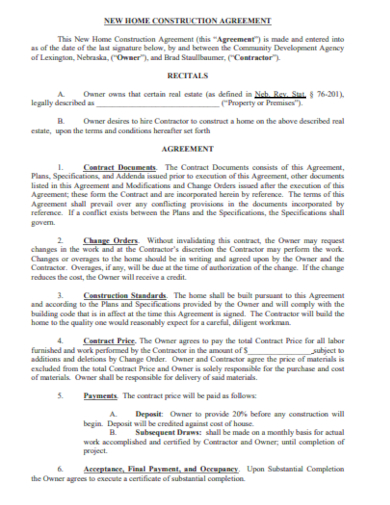
New Building Construction Agreement
download now -
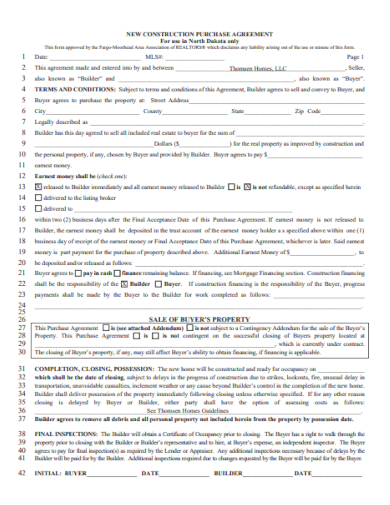
New Construction Property Purchase Agreement
download now -
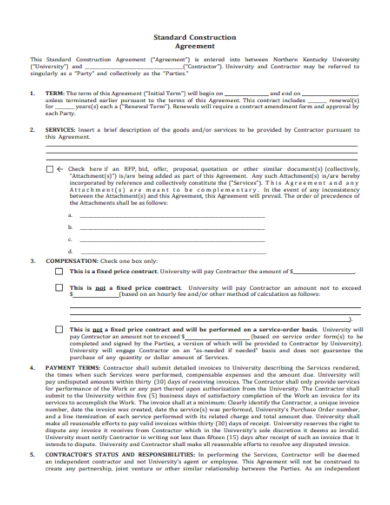
Standard New Construction Agreement
download now
FREE New Construction Agreement s to Download
25+ SAMPLE New Construction Agreement
Definition:
Unveiling the New Construction Agreement:
Essential Ingredients of a Robust Agreement:
Why This Agreement is a Game-Changer:
Common Pitfalls and Their Solutions:
Adapting with Digital Progress:
Why is it crucial for property owners and contractors to enter into a written agreement?
How can a well-drafted agreement help ensure that construction projects run smoothly?
What measures are taken to ensure that the agreement is legally binding and enforceable?
Can a new construction agreement be used for both residential and commercial projects?
Definition:
A New Construction Agreement is a legally binding contract between parties, typically a client and contractor, outlining the specifics of a new building project. It encompasses details like project scope, payment terms, timelines, and quality standards. This agreement ensures mutual understanding, sets expectations, and provides a framework for addressing any unforeseen challenges or changes during the construction process.
Unveiling the New Construction Agreement:
When venturing into the domain of new construction projects, the importance of a well-structured agreement cannot be overstated. Serving as the cornerstone of clarity and understanding between parties, the new construction agreement provides an in-depth blueprint of expectations, duties, and contingencies.
The Essence of a New Construction Agreement:
While this agreement serves as a binding contract between parties, its core is to ensure that all involved entities have a shared understanding of the project’s objectives, scope, and specifics.
The Role of Amendments and Addendums:
Given the unpredictable nature of construction projects, flexibility is key. Understand how and when to make changes to the initial agreement.
Strategies for Effective Negotiations:
A win-win situation arises when both parties feel they are heard and valued. Here are ways to ensure effective dialogue and compromise.
Harnessing Technology for Streamlined Agreements:
In this digital age, leveraging technology can help in creating, storing, and managing construction agreements efficiently and securely.
Maintaining Transparency through Detailed Schedules and Budgets:
Clarity and transparency are pivotal. A clear roadmap of the project’s timeline and financials prevents misunderstandings and fosters trust.
Ensuring Dispute Resolution Mechanisms:
Despite best efforts, disputes can arise. Having a predefined mechanism for resolution in the agreement can save time, money, and relationships.
Essential Ingredients of a Robust Agreement:
The crux of any construction agreement rests on its comprehensiveness. Here’s a dive into its crucial elements:
The Backbone of Legality:
Every robust agreement must stand on a firm legal foundation, ensuring it’s not only binding but also compliant with the relevant legal jurisdictions and standards.
Clearly Defined Scope and Deliverables:
An unambiguous outline of what is expected, the project’s parameters, and the final deliverables minimizes potential disagreements and sets clear expectations for all parties involved.
Financial Terms and Conditions:
A detailed breakdown of the financial aspects – including payment terms, milestones, penalties, and other related clauses – ensures both parties understand their fiscal obligations.
Roles and Responsibilities:
Clearly delineating who is responsible for what ensures that there’s no overlap or gaps in the execution of tasks, promoting seamless project progression.
Duration and Timeline Specifications:
Specifying the project’s start date, major milestones, and anticipated completion date helps in managing expectations and ensuring timely delivery.
Amendment and Variation Clauses:
Given the dynamic nature of many projects, having provisions for making changes to the agreement offers flexibility without compromising its integrity.
Termination and Exit Strategy:
Outlining the circumstances under which the agreement can be terminated, and the process for doing so, ensures an amicable separation if things don’t go as planned.
Dispute Resolution Mechanism:
Incorporating a process for handling disagreements, be it through mediation, arbitration, or legal proceedings, helps in resolving issues without derailing the project.
Confidentiality and Non-disclosure Provisions:
Protecting sensitive information is crucial, especially in competitive industries. This section safeguards trade secrets, client data, and other proprietary information.
Signatures and Attestations:
An agreement isn’t binding unless it’s signed by all relevant parties. Ensure that all signatures are duly attested, adding an extra layer of validity to the document.
Why This Agreement is a Game-Changer:
Entering a new construction without a robust agreement is akin to sailing turbulent waters without a compass. Here’s why:
Setting a New Standard in Clarity:
In an industry riddled with ambiguous contracts, this agreement shines by ensuring every term, condition, and deliverable is presented with absolute clarity, removing room for misunderstandings.
Tailored to Modern Construction Needs:
With an emphasis on contemporary construction methodologies, techniques, and standards, this document resonates with the current trends, ensuring its relevance for today’s projects.
Mitigating Risks Like Never Before:
Incorporating comprehensive risk assessment and mitigation strategies, the agreement is designed to anticipate potential pitfalls, offering solutions before they become major setbacks.
An Emphasis on Collaborative Partnership:
Going beyond a mere transactional relationship, the agreement fosters a sense of collaboration between parties, ensuring both have a vested interest in the project’s success.
Prioritizing Sustainability and Environmental Responsibility:
Recognizing the importance of sustainable practices, this agreement integrates eco-friendly mandates, ensuring projects don’t just look good, but feel good too.
Streamlined Dispute Resolution Mechanisms:
Understanding that disputes can derail projects, this agreement focuses on swift, amicable, and fair resolution methods, keeping the project’s momentum unhindered.
Harnessing the Power of Technology:
With provisions encouraging the use of modern technological tools and software, the agreement ensures projects are managed with maximum efficiency and precision.
Fostering Transparency and Trust:
With a commitment to open communication, regular updates, and full disclosure, this agreement builds a foundation of trust, which is instrumental in ensuring long-term relationships.
Common Pitfalls and Their Solutions:
Every contractual journey might face some hurdles. Here’s how to steer clear:
Overlooking Minor Details:
While major clauses often get the attention, minor details can be easily overlooked. Solution: Implement a rigorous review process, ideally involving legal professionals, to ensure every detail is accounted for.
Ambiguous Language Usage:
Vague terms can lead to disagreements. Solution: Utilize clear, concise, and industry-specific language. A glossary of terms can also help in clarifying ambiguities.
Failing to Update with Changing Laws:
Laws and regulations evolve. Solution: Regularly review and update the agreement to ensure compliance with current local, state, and federal laws.
Neglecting Termination Clauses:
Without clear termination guidelines, ending contracts can become messy. Solution: Clearly define the grounds for termination, the notice period, and any associated penalties or refunds.
Underestimating Project Delays:
Delays can happen, but not accounting for them can be detrimental. Solution: Include clauses that specify the protocol for handling delays, be it due to weather, supply chain issues, or unforeseen circumstances.
Overlooking Dispute Resolution Mechanisms:
Disputes can arise even in well-managed projects. Solution: Clearly outline a dispute resolution mechanism, such as mediation or arbitration, to ensure issues are addressed swiftly and amicably.
Ignoring Warranty and Maintenance Clauses:
Post-construction issues can arise. Solution: Clearly define the warranty period, the scope of work covered under the warranty, and any maintenance obligations of the parties.
Inadequate Insurance and Liability Clauses:
Unforeseen incidents can lead to financial losses. Solution: Specify the types and amounts of insurance required, and detail the liability of each party in case of accidents or damages.
Failing to Factor in Environmental and Sustainability Aspects:
Ignoring environmental aspects can lead to non-compliance and reputational damage. Solution: Include clauses addressing adherence to environmental standards, sustainability practices, and any necessary certifications or assessments.
Adapting with Digital Progress:
In the age of digitalization, paper contracts are becoming passé. Embrace tools that offer:
Embracing E-Signatures:
With the advent of digital documentation, e-signatures have become the norm. These digital signatures not only speed up the process but also provide a secure and legally binding method to endorse documents.
Incorporating Digital Workflows:
Modern agreements now lean on digital workflows for approvals, changes, and reviews. This ensures a seamless process, where every step is documented, and all stakeholders can be updated in real-time.
Leveraging Cloud Storage:
Cloud storage solutions have eliminated the need for physical document storage, making it easier to archive, retrieve, and share agreement documents. This digital storage method also provides backups to prevent data loss.
Integrating with Project Management Software:
Many construction firms integrate their agreements with project management tools. This allows for real-time tracking of project milestones against the terms specified in the agreement.
Utilizing Digital Communication Platforms:
Instead of traditional meetings, parties can discuss and review contract terms using video conferencing tools, chat platforms, or dedicated contract management software. This ensures clear communication regardless of geographical barriers.
Implementing Blockchain for Contract Security:
Blockchain technology, though still in its infancy in many industries, offers unparalleled security for digital contracts. It ensures data integrity and provides a clear audit trail of any changes made.
Automating Notifications and Reminders:
Digital solutions can send automated alerts for important dates, like renewal deadlines or milestone completions, ensuring that no critical events are missed.
Incorporating AI for Contract Analysis:
Advanced AI tools can now review contracts, highlight potential issues, or suggest standard clauses, making the drafting process more efficient and error-free.
Facilitating Virtual Site Visits:
With augmented reality (AR) and virtual reality (VR), stakeholders can conduct virtual site inspections or visualize project outcomes, ensuring everyone is aligned with the project’s goals and progress.
Prioritizing Cybersecurity Measures:
As agreements move digital, the importance of cybersecurity can’t be overstated. It’s essential to invest in robust security measures to protect sensitive contract data from potential breaches or unauthorized access.
Why is it crucial for property owners and contractors to enter into a written agreement?
A written agreement between property owners and contractors is crucial to outline responsibilities, set clear expectations, and prevent disputes. It legally binds parties to their commitments, provides a roadmap for project execution, and ensures transparency regarding costs, timelines, and quality standards, safeguarding the interests of both parties.
How can a well-drafted agreement help ensure that construction projects run smoothly?
A well-drafted agreement provides a clear roadmap for construction projects, detailing roles, responsibilities, and timelines. It establishes a mutual understanding, sets clear expectations, and addresses potential challenges. By defining payment terms, quality standards, and dispute resolution mechanisms, it minimizes ambiguities and fosters trust, ensuring smoother project execution.
What measures are taken to ensure that the agreement is legally binding and enforceable?
To ensure an agreement is legally binding and enforceable, parties incorporate clear terms and conditions, have it reviewed by legal experts, and ensure all parties fully understand their obligations. The document is signed, dated, and often notarized. Essential elements like consideration, mutual consent, and lawful purpose are meticulously addressed.
Can a new construction agreement be used for both residential and commercial projects?
Yes, a new construction agreement can be tailored for both residential and commercial projects. While the foundational principles remain consistent, specific clauses or terms might differ based on the project’s scale, requirements, and complexities. Customization ensures that all pertinent details and stipulations for each project type are adequately addressed.
As we conclude our exploration of the New Construction Agreement, it’s clear that this document is paramount in bridging client-contractor visions. With insights on contractual nuances, project deliverables, and risk mitigation, ensuring a harmonious construction journey becomes attainable. For a seamless build and transparent partnerships, keep referring to our in-depth resources, continually updated to mirror the dynamic construction landscape contract.
